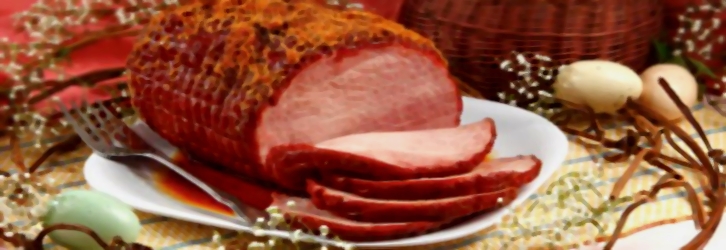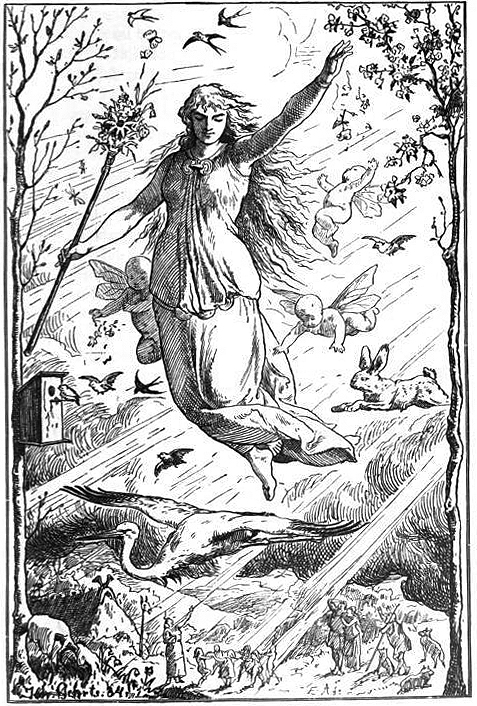Bet You Didn’t Know: Easter Symbols, Traditions, and Their Meanings.
Despite what you may have heard, they’re not actually Pagan. Time to reclaim Christian heritage!
What’s for dinner on Sunday? A ham? Did you know this isn’t religious, just a practical food to have from salted pork from winter-slaughtered pigs at the start of spring? What about lamb? Well, there’s a story behind that one, too. Check out the food, the eggs, the fun and the faith of Easter traditions below!

What’s in a Name?

The lovely lady to the left is an ancient European fertility goddess by the name of Eostre. Name sound familiar? Many folks believe that a great deal of Easter beliefs and symbols – like eggs and bunnies – came from Eostre cults. Fun fact though: there is practically no evidence of this. These proposals were made in the late 1800s by French and German scholars that Christianity was an amalgamation of earlier myths. For some reason, they seem to have stuck around despite being debunked by various scholars since.
But what is true is that Eostre gave us the word “Easter,” the name of the holiday in Germanic and English-speaking countries. It is odd, actually, that languages descended from Greek, Slavic and Latin don’t call the holiday Easter. Spanish, for example, uses pascua, just like the Greek uses pascha – all derived from the Hebrew word for the Passover, pesach. Maybe in northern Europe, the days getting longer became more readily associated with new life than the Mediterranean Jewish Passover.
SKM: below-content placeholderWhizzco for FHB

